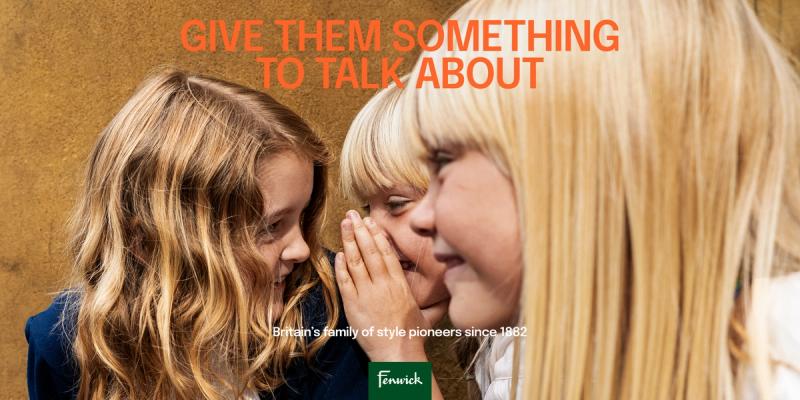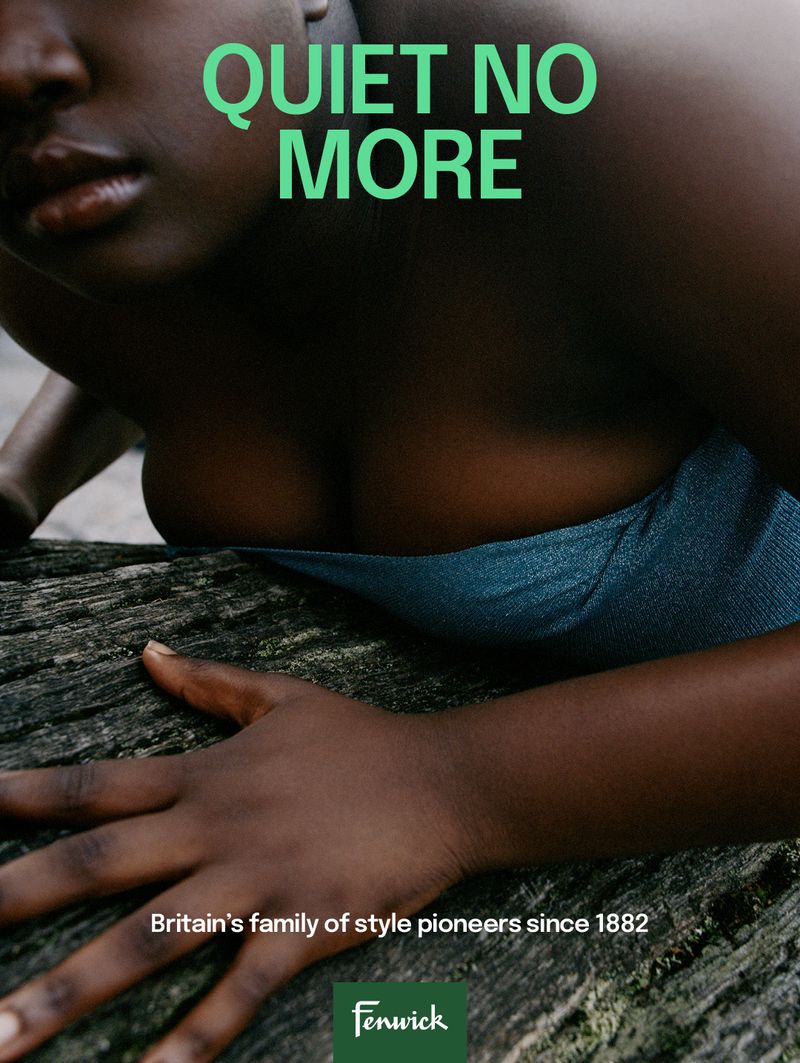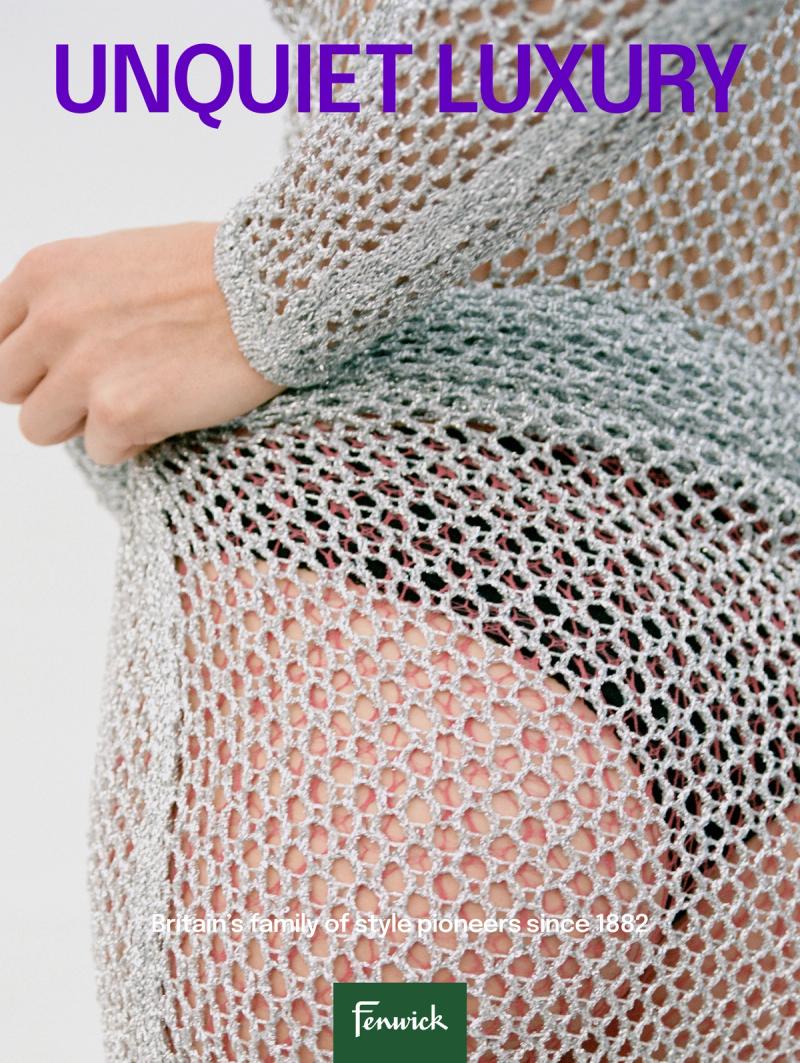Staying relevant means understanding the core of your brand, and expressing that in a way that appeals to new audiences as well as die-hard fans. We asked the AUFI network how heritage companies should bridge past and present
Legacy brands wield huge amounts of influence, partly because they’ve been around so long they’re entrenched in people’s minds: think soft drinks and you think Coca-Cola; think ketchup and you think Heinz. But heritage doesn’t guarantee success, and with the rise of D2C, an influx of ambitious new founders and an emphasis on sustainability, many long-established brands risk being pushed to the margins.
And no-one is too big to fail. Gillette was blindsided by Dollar Shave Club; Blockbusters by Netflix; HMV by the demise of physical media and even Lego found itself facing bankruptcy in the early 2000s after investing heavily in tie-ins with movie franchises. Heritage is an immensely powerful creative and cultural tool, but relying on that alone is a dangerous game to play.
“There’s a lot of legacy brands, and some of them are going to disappear,” says Jono Holt, founder at creative agency Otherway – which has worked with heritage businesses including Strongbow and Fortnum & Mason. “Some of them aren’t adapting to the way the world has moved and are losing their relevance. But we get excited by the ability to help these businesses innovate and change because fundamentally they have a huge impact on the world.”
For many of these companies, the question is how to keep the core of what they stand for without alienating younger generations, and how to adapt without offending a loyal, older audience.


EVOLVE OR DIE
Not changing is, arguably, the far bigger risk. “We look at it with our clients, and get them to a place where we ask, ‘What’s the biggest thing threatening your business?’ And it’s literally irrelevance,” says Tristan McAllister, founder of At Large, a brand strategy and narrative consultancy.
According to Wahn Yoon, co-founder of L’Institut Idée – which regularly works with At Large on cultural repositionings of long-established brands – legacy brands face huge upheaval, including a major wealth transfer between generations, and a labour market in flux as younger people assume positions of leadership.
“How do you bridge the old and new? And how do you do it without talking out of both sides of your mouth and confusing the audience about what and who you are.”
Wahn Yoon - Co-Founder, L’Institut Idée
“In terms of these things, there’s a sense of traditional versus new audiences,” he says. “If you’re a legacy brand you can’t afford to completely relinquish or alienate your traditional audience, but you must bring in the new. How do you have a conversation with both of them, and how do you become relevant once again without letting go of the traditional core? It’s an endemic challenge that’s happening right across the board.
“There’s no one formula, but I’d say the word ‘bridge’ is the thing everybody needs to think about,” he continues. “How do you bridge the old and new? And how do you do it without talking out of both sides of your mouth and confusing the audience about what and who you are.”
KNOW THYSELF
To begin with, says Yoon, brands need a fundamental understanding of their DNA - particularly if it’s something they’ve drifted from or lack clarity about. That’s a more complicated question than it might seem, requiring businesses to find the unchanging truth that’s remained steady for decades - despite an ever-changing cast of marketing and ad campaigns.
“The brand DNA is your genotype: it’s invisible and it shouldn't change, while your phenotype adapts to circumstance, time and place.”
Wahn Yoon
Yoon suggests businesses think of this through a scientific lens of genotype versus phenotype. “Genotype is the genetic code you inherited from your parents; it’s what was determined when you were conceived,” he explains. “So your genotype never changes; throughout your life it’s the same and it’s the code that can be used to identify you. Phenotype describes how, at any given time, part of your DNA expresses itself into something public-facing like the colour of your hair, your height or your facial features.
“The brand DNA is your genotype: it’s invisible and it shouldn't change, while your phenotype adapts to circumstance, time and place. We like to use Aesop stores as an example – they might look a little different in Melbourne than Toronto, but it feels like the same brand.”
TRUTH TRANSCENDS DEMOGRAPHICS
Yoon and McAllister recently collaborated on a project for the hotel chain Sheraton, identifying ‘togetherness’ as the DNA that should drive all their creative work, regardless of the demographic of audience they’re speaking to – and Yoon encourages brands to think of people as united by mindset, rather than age.
McAllister’s consultancy At Large took a similar tack for London department store Fenwick: identifying the brand’s historic status as unconventional style pioneers, then applying that to an ad campaign – created by MMBP&Associates – reminding existing Fenwick fans why they love it, and a younger audience why they could love it.
Another example is Live Nation Entertainment – where Yoon led the repositioning of the brand – which identified ‘Legendary Moments’ as its driving truth: something that’s as true for a 15-year-old at their first gig as it is a 65-year-old seeing their favourite band.
Holt agrees that legacy businesses should identify the things that cut across time or trends. Otherway has been working with Fortnum & Mason for almost a decade now – brought in to “blow the dust and cobwebs” off the 316-year-old London department store and discovering a surprising history of innovation once they took a closer look at the business (it was one of the first stores to take telephone orders).
“It’s also about asking if the creative work would be worthy of going in the archive, and does it extend towards the best of what the brand has been?”
Jono Holt
“When we looked back at the legacy we understood where the brand has come from,” he explains. “With Fortnum & Mason you can see what’s made the brand so special through the years. They’ve always had illustration at their heart, but it’s illustration with a sense of humour. The modern interpretation of that is commissioning illustrators who understand the wit and humour and indulgence the business has always stood for.
“It’s also about asking if the creative work would be worthy of going in the archive, and does it extend towards the best of what the brand has been? The proposition or the strategy for Fortnums is ‘we make joy’, so keeping something super simple like that at the heart of everything we do guides us.”



IN FOR THE LONG HAUL
A commitment to long term thinking is also essential, according to Holt. Brands can benefit from thinking of years-long rather than months-long relationships with agencies, giving them the chance to really get under the skin of a business and interpret it faithfully. And it’s critical to examine the project with a level of patience. “Look at LVMH – they’re probably the kings and queens of doing big, luxury, legacy brands, but they’re long-term investors,” he says. “They have the ability to take long-term views, and create strategies that are going to be beautiful, and invest in the things that we all want brands to invest in because that’s where the emotion comes from.”
Ultimately, this level of commitment can be the catalyst for massive, widespread change - and not just from a creative and cultural point of view. “We come in as marketing people, and we end up leaving as management consultants,” says Yoon.
“Brands want us to talk to them about how it affects their people department, their buying department and their finance department. We believe that brand – in the most beautiful way – should be treated as the most insidious thing possible. It gets into everything, and it needs to get into everything. A lot of organisations have historically seen it as a marketing function, but we see it as something much bigger. You have to get the inside onside before you go outside.”



